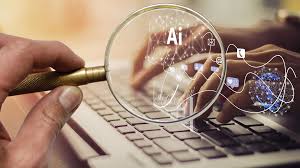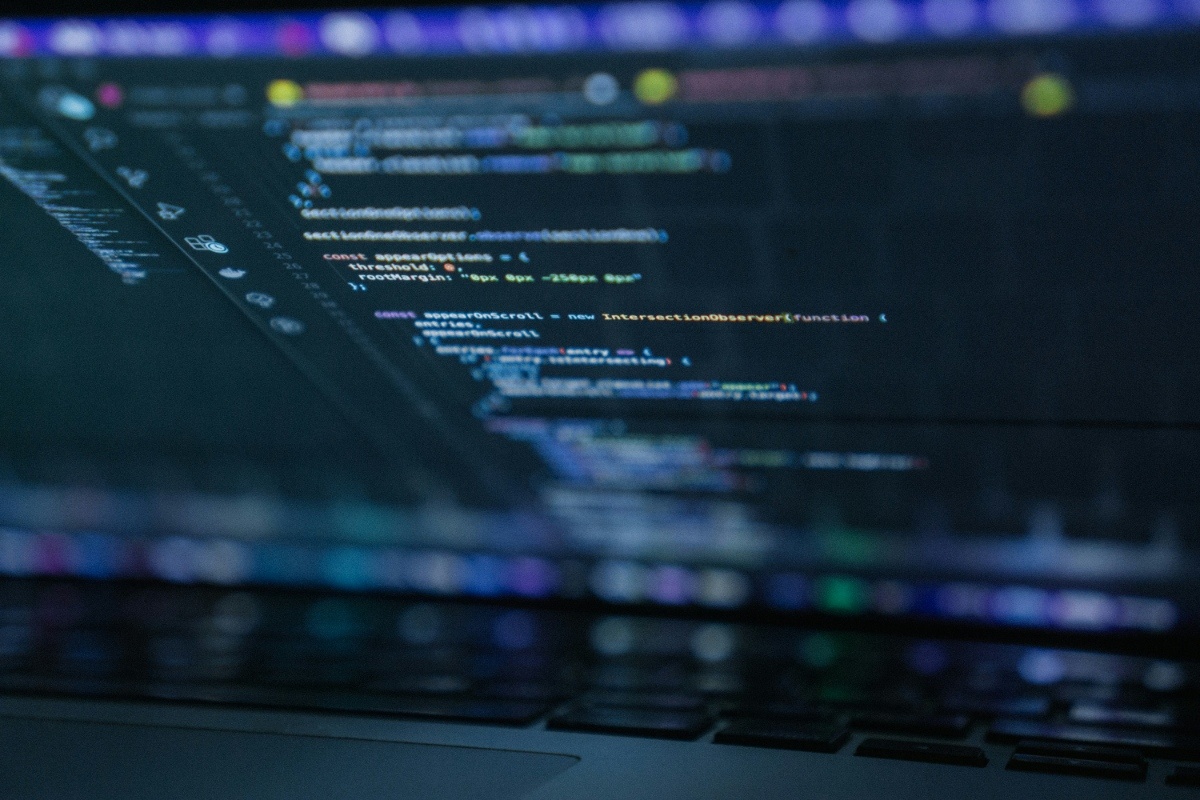Introduction: The Need of Screening and Creation of Artificial Intelligent Systems
Almost everything from human-sounding chatbots to essay-writing tools AI has become an invisible hand behind everything. However, the flood of machine-generated content covering the internet makes every human creativity look like an AI output.
That's when the ai detector comes to the rescue as a modern guardian of authenticity.
AI Detectors Calmly identify human input Vs machine-generated content across different mediums like; text, images and even human and machine voice. With the aid of advanced machine learning models AI Detectors find indicators of automation like;
AI Detectors are the few systems that are able to identify patterns in a text that most people are unaware of.
Even though AI-generated content is a large portion of what we read online and is not bad, unchecked automation could lead to serious obstacles, potentially even,
Spreading Misinformation: Bots that write fake news escalate the problems surrounding the information even faster than the truth.
Students submitting: AI-generated essays can be a form of academic dishonesty.
Businesses: can lose their uniqueness when they start publishing AI-generated content.
AI-based text: detectors protect credibility and trust in journalism, education, and digital marketing.
AI detectors assess an assignment using neural network techniques with analysis of natural language. Here is how it works:
Input Analysis: A user pastes or uploads text,
Feature Extraction: The AI breaks a text down to its features, i.e. sentence patterns, vocabulary, coherence, and randomness.
Pattern Comparison: The machine then compares these features against large bodies of human and AI text to see how it differs or matches.
Probability Score: Lastly, it generates a score that represents the likelihood that the material was written by AI.
AI text detectors provide fast, objective assessment, and analysis while adapting over time to more complex AI writing tools.
There are many sectors where AI text detectors can be beneficial.
In recruitment, employers can check that applicants' documents, like job applications and CVs, are genuine.
No detector is infallible. Each advancement with AI tools makes them more difficult to detect. For instance, basic detectors can be tricked by paraphrasing tools, mixed human-AI collaboration, and AI that imitates human imperfections.
Hence, the most dependable AI detectors work on the principle of permanent adaptive algorithms that learn and change over time, just like the AI systems they aim to detect.
In the future, AI detectors will be more accurate and embedded in more tools. They will work like invisible quality control systems to help keep a digital balance between the hyper productivity of machines and the essential human elements.
AI detectors do NOT eliminate innovation; they help preserve integrity. They combat the pandemonium and deception that may arise in an innovation world by machines replicating human thought.
It is essential for digital content to understand AI detectors to build trust. For students, writers, and business people, using AI detectors is no longer a smart choice; it will be necessary.





